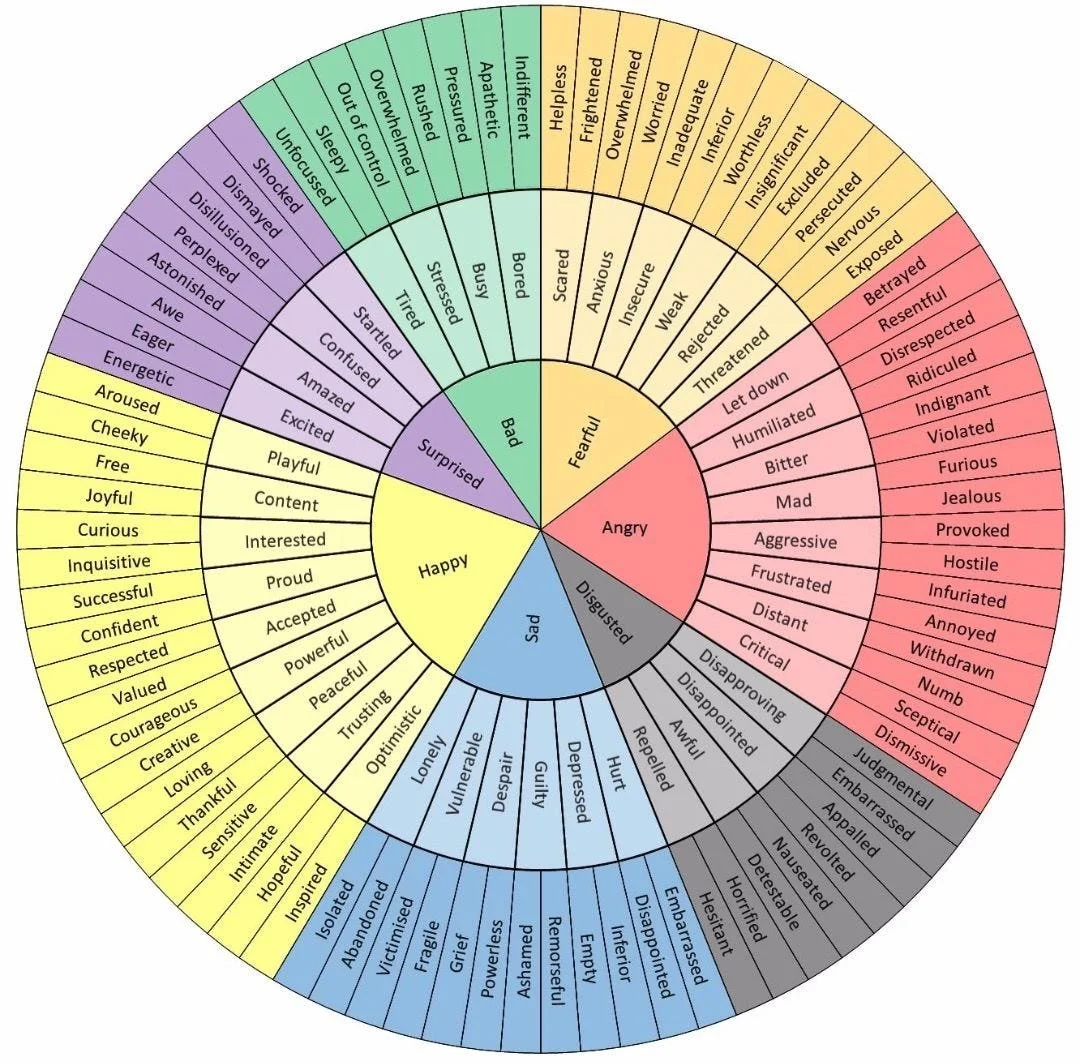Allowing Your Emotions: Why Feeling is the First Step Toward Healing
Have you ever felt like your emotions are just too much? Like no matter how hard you try to suppress, ignore, or outthink them, they still rise up—loud, messy, and inconvenient? If so, you’re in good company.
The truth is, our emotions are not the problem. The real struggle is the pressure to hide or “fix” them—often reinforced by a culture that rewards emotional suppression. Many of us have been conditioned to believe that feeling deeply is a weakness, or that emotions should be neatly managed and kept out of sight. That’s stigma at work. And it’s not just harmful—it’s unsustainable. In this post, we’ll explore why emotions insist on being felt, how they shape our inner world, and what it really means to build emotional intelligence. This understanding can radically shift the way you relate to yourself.
Let’s start here: emotions don’t disappear just because we want them to. Trying to rid yourself of an emotion is like trying to defy gravity. It just doesn’t work. What you feel is what you feel. And the only way to truly move through an emotion is to feel it—fully and consciously.
Sure, you can try to outrun your feelings, numb them, or bury them under productivity or distraction. But eventually, they catch up—often with more intensity. Suppressed emotions tend to resurface in sneaky ways: chronic anxiety, irritability, burnout, even physical symptoms. That’s why emotional avoidance isn’t a long-term solution. It’s a cycle of inner conflict.
So what if, instead of battling our emotions, we got curious about them?
That starts with awareness.
Many of us have “default” emotional labels—anxious, stressed, overwhelmed. But these surface-level descriptors rarely tell the full story. Emotions are layered, and often what shows up on the surface is just the tip of the iceberg.
Psychologists talk about primary, secondary, and tertiary emotions. Primary emotions are what we tend to express first—anger, fear, sadness, joy. But underneath them often lie deeper, more vulnerable truths.
For example, I’ve noticed that when I feel overwhelmed, I sometimes become withdrawn or irritable. That might look like stress on the surface, but when I dig deeper, I often find fear. And beneath that? Shame—the belief that if I let others down, I’m unworthy. That layering is common, and it’s amplified by the world around us.
We live in a culture that praises grit. We’re told to “stay positive,” “suck it up,” or “just get over it.” These messages teach us that feeling too much is a liability. But the cost of emotional suppression is high. When we don’t process emotions, they get stored in our bodies, only to resurface during conflict, stress, or moments of vulnerability. And when they come back, they often feel even more overwhelming.
So, where do we go from here?
Step One: Build Emotional Intelligence
Emotional intelligence isn’t just about controlling your feelings—it’s about recognizing, understanding, and responding to them in a healthy way. One powerful tool is Plutchik’s Wheel of Emotions. It breaks emotions down into nuanced categories, helping you name what you’re actually feeling—beyond just “bad” or “fine.”
Step Two: Create Space for Expression
Stop labeling emotions as good or bad. All emotions have value—they offer insight into your unmet needs, hidden fears, and core desires. Instead of judging your emotions, allow them. Journaling, talking with a therapist or friend, even naming your feelings aloud can be healing.
Step Three: Practice Vulnerability
Talking about emotions reduces their intensity. Naming your experience opens the door to connection. The more we share, the more we normalize emotional expression—and that’s how we dismantle the stigma. We build emotional safety by being real with ourselves and others.
So now I want to ask you: what’s one emotion you’ve been avoiding? And what might it look like to sit with it, just for a moment, instead of pushing it away? You’re not alone in this! Reach out today and let’s work together.


